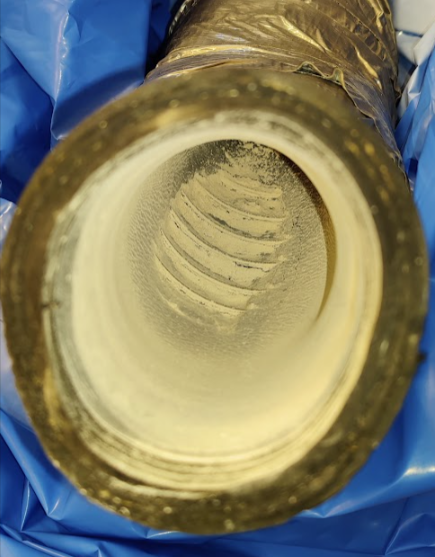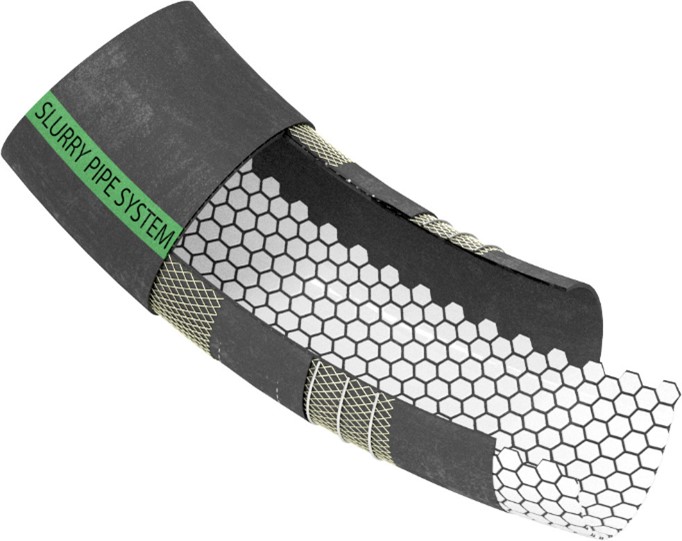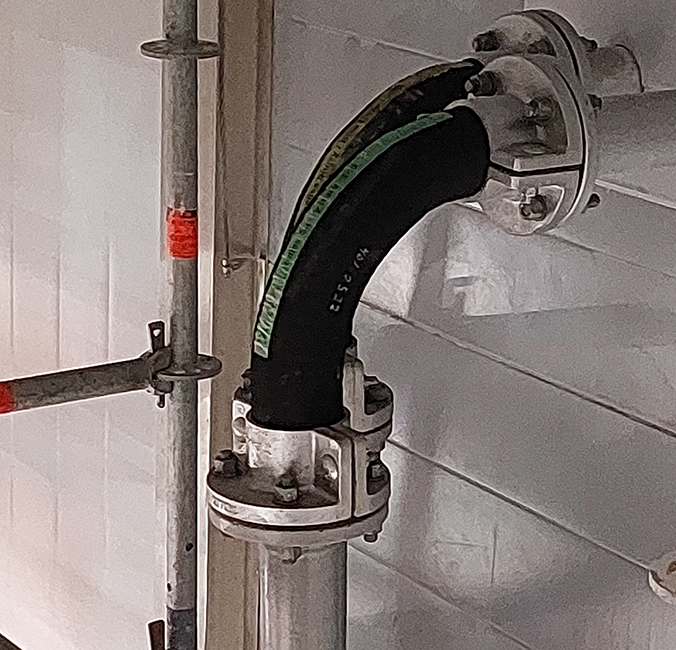Nestled in the ancient city of Uppsala, Sweden, lies one of Vattenfall’s most crucial facilities. This plant produces district heating, cooling and steam. As one of Europe’s largest producers and retailers of electricity and heat, Vattenfall is focusing on reducing their carbon footprint and enhancing sustainability within their operations.
With a heat capacity achieving 825 MWth, this is enough to cover 95% of the city’s energy needs with their population of approximately 180,000. The mission for the Uppsala plant is to reduce carbon dioxide emissions by approximately 200,000 tonnes per year, compared to when peat and other fossil fuels were used. Essentially, this will halve the climate footprint for the residents connected to Vattenfall’s district heating grid in the city.
In an effort to optimize their operations, Vattenfall embarked on a mission to increase productivity and sustainability while meeting the energy demands of its community. However, their current rubber bends were not the proper solution, as this caused leakage on the lime line every two to three months. Thus, they began looking for a reliable and durable solution for their issue.
Addressing high wear and productivity problems at the plant
Despite Vattenfall's commitment to ensuring efficiency, the operational challenges remained. Initially, rubber bends were installed as part of the pneumatic transport system for quicklime to the flue gas treatment, intended to remove hydrochloric acid and sulphur. However, the structure of the quicklime along with the speed inside the pipes resulted in significant wear problems for the bends.




